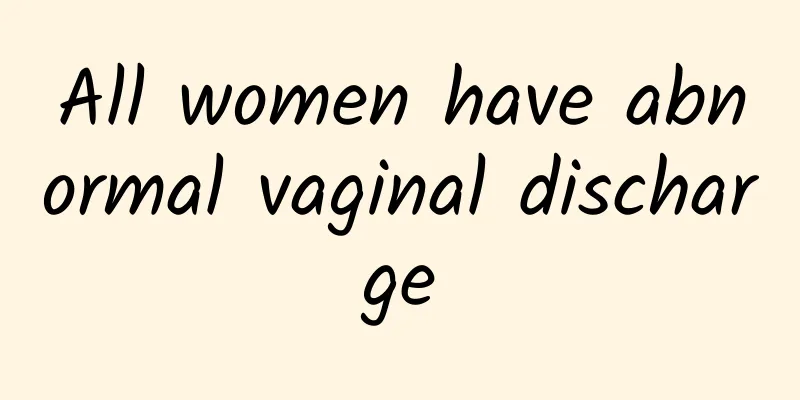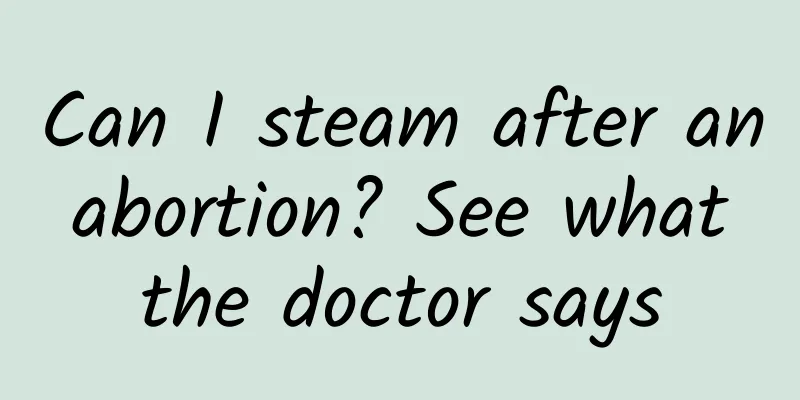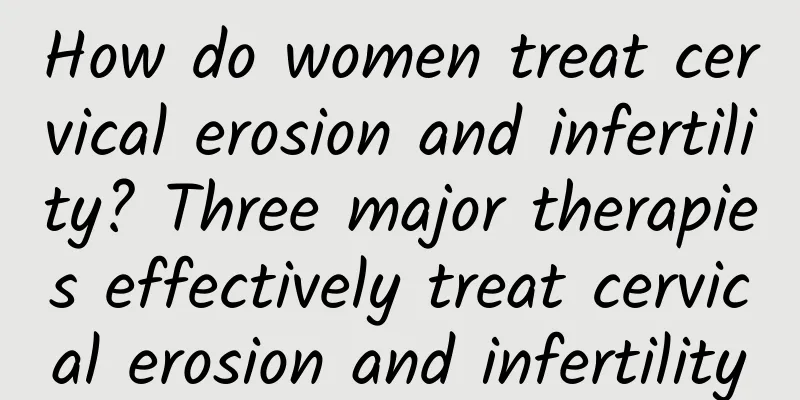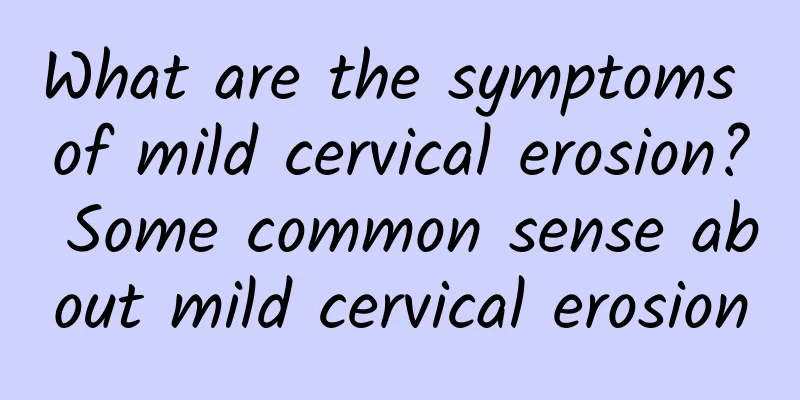Can I have an abortion if I am pregnant with uterine fibroids?
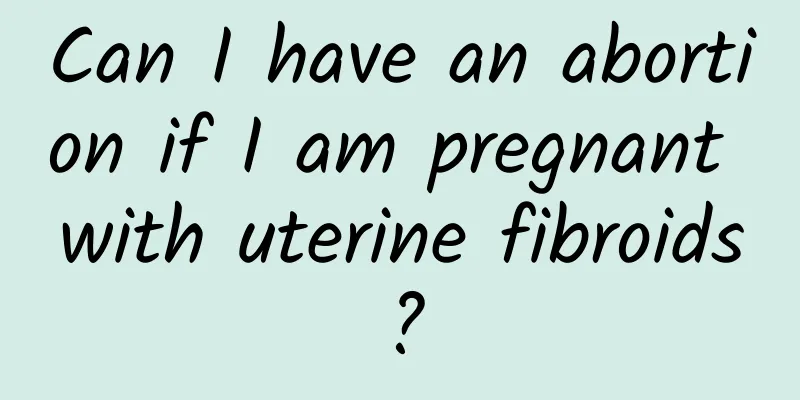
|
Whether a patient with uterine fibroids can undergo abortion after pregnancy depends on factors such as the location, size, and gestational age of the fibroids. In some cases, it can be performed, but there are certain risks. It is recommended that patients choose appropriate surgical methods or other treatment methods under the guidance of a doctor. 1. The impact of uterine fibroids on abortion surgery Uterine fibroids are a common benign tumor in women, which are divided into three types: submucosal fibroids, intramural fibroids, and subserosal fibroids. If the fibroids are located closer to the uterine cavity, especially submucosal fibroids, it may affect the implantation or development of the embryo. In this case, abortion surgery after pregnancy is more complicated, and the risk of intraoperative bleeding may increase due to deformation of the uterine cavity and increased blood flow. Intramural or subserosal fibroids may also compress surrounding tissues and affect surgical operations. The type and location of fibroids are important references for determining whether abortion surgery can be performed. 2. Indications and methods of abortion surgery If the doctor assesses that an abortion is appropriate, the patient needs to choose a method that is less harmful to the body. Common methods include: 1. Medical abortion: It is suitable for patients with small fibroids in early pregnancy. The embryo can be expelled by taking drugs, but it requires a high degree of uterine contraction and may cause abnormal bleeding. 2. Vacuum aspiration: Suitable for patients within 10 weeks of pregnancy. This method is minimally invasive, but the difficulty of operation is limited by the location of the fibroids and requires experienced doctors to operate. 3. Curettage: Suitable for later gestational weeks 10-14 weeks, but more invasive and risky. If the fibroids are large or located in a special location, the above surgeries may face more risks of complications, and problems such as infection and uterine wall damage may also occur after the operation. 3. Precautions in special circumstances For patients with large uterine fibroids and severe uterine deformation, doctors may recommend other ways to treat the fibroids first, such as postponing surgery until after delivery or implementing combined treatment. In addition, regular follow-up examinations are required after surgery to observe the recovery of the uterus, and contraception should be used according to the doctor's advice to prevent the uterus from becoming pregnant again in the short term. If a woman who is pregnant with uterine fibroids needs to terminate her pregnancy, she needs to consider a variety of factors, such as the type, location, and development of the fibroids, and make arrangements under the guidance of a professional doctor. At the same time, she needs to do a good job of uterine health management after the operation to ensure her future fertility. |
<<: What are the drugs for treating uterine fibroids?
>>: When should a urinary catheter be inserted during interventional embolization for adenomyosis?
Recommend
What are the dangers of uterine fibroids in women?
Uterine fibroids are the most common benign tumor...
What are the hazards of cervicitis in women? Check out the hazards of 5 types of cervicitis
Be careful, don’t let cervical inflammation rob y...
Why do women's private parts have "spasms"? Don't panic, understand these 5 common problems first
In the clinic, I met a girl named Xiaomei. She sh...
Pelvic inflammatory disease may be caused by poor hygiene after surgery
Pelvic inflammatory disease may be caused by not ...
What medicine should I take for uterine effusion?
What medicine is good for uterine effusion? Uteri...
How to distinguish benign from malignant ovarian cysts
To diagnose ovarian cysts, it is necessary to cle...
Have you ever heard of hyperplastic vulvar leukoplakia?
Do you know about hyperplastic vulvar leukoplakia...
How much does an abortion cost?
If you choose to have an abortion for an unexpect...
My period came one week early and I had small blood clots. What should I do?
My period came one week early and I had small blo...
Can obesity cause amenorrhea?
Obesity affects menstruation in many ways. On the...
What should women eat if they have premature ovarian failure?
For women, the health of their ovaries is an impo...
Symptoms of premature ovarian failure
Symptoms of premature ovarian failure: In fact, o...
How to prevent Trichomonas vaginitis
Trichomonas vaginitis is a common gynecological i...
What medicine should I take for cervical erosion and leucorrhea?
According to the survey and statistics of gynecol...
Experts analyze the main causes of pelvic inflammatory disease
Among many gynecological diseases, pelvic inflamm...
